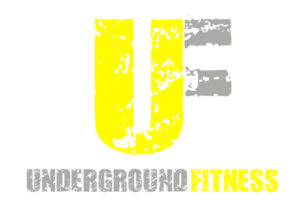Training while Im away
Here is a list of links to exercises to do in place of our sessions, while Im away for the long weekend. Compared to the sessions we have in studio, we are looking to maintain muscle mass as opposed to really pushing forward. The idea is to follow the same rep range I have you doing in gym. If you are at home and dont have weight, then just do reps to burn. I know some of you have access to a gym while others do not. The main focus should be on short rest periods (30 seconds to 1 minute), and you should also do some form of cardiovascular training (jogging, fast walking). Check below for “interval training” for a good idea of how to exercise efficiently. Dont do any exercises you are not comfortable with, there are alternatives on the link site. Any major questions I am on roaming.
Upper Body – In Gym
Chest – Dumbell presses http://www.bodybuilding.com/exercises/detail/view/name/dumbbell-bench-press
Chest – Dumbell Flyes http://www.bodybuilding.com/exercises/detail/view/name/dumbbell-flyes
Back – Cable Row http://www.bodybuilding.com/exercises/detail/view/name/seated-cable-rows
Back – Lat Pulldown http://www.bodybuilding.com/exercises/detail/view/name/wide-grip-lat-pulldown
Shoulders – Press http://www.bodybuilding.com/exercises/detail/view/name/dumbbell-shoulder-press
Shoulders – Upright Row http://www.bodybuilding.com/exercises/detail/view/name/upright-cable-row
Upper Body – At home
Push-ups http://www.bodybuilding.com/exercises/detail/view/name/pushups
Arm circles http://www.bodybuilding.com/exercises/detail/view/name/arm-circles
Dips http://www.bodybuilding.com/exercises/detail/view/name/bench-dips
Chin ups http://www.bodybuilding.com/exercises/detail/view/name/chin-up
Lower Body – In gym
Leg Press http://www.bodybuilding.com/exercises/detail/view/name/leg-press
Hamstring curl http://www.bodybuilding.com/exercises/detail/view/name/lying-leg-curls
Lunges http://www.bodybuilding.com/exercises/detail/view/name/dumbbell-lunges
Dumbell Squat http://www.bodybuilding.com/exercises/detail/view/name/dumbbell-squat
Lower Body – At Home
Sit squats (No link, but it is simply sitting down to complete rest, then initialising stand up from glutes (no help from hands!))
Lunges (as above but without weights)
Squats (as above but grab anything heavy around the house)
Steps (up and down stairs till you cant feel your legs)
Abs (in gym and home)
Crunches http://www.bodybuilding.com/exercises/detail/view/name/crunches
Scissor Kicks http://www.bodybuilding.com/exercises/detail/view/name/scissor-kick
Oblique Crunch http://www.bodybuilding.com/exercises/detail/view/name/oblique-crunches
Back extension http://www.bodybuilding.com/exercises/detail/view/name/superman



